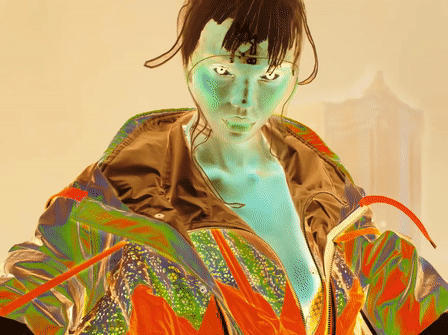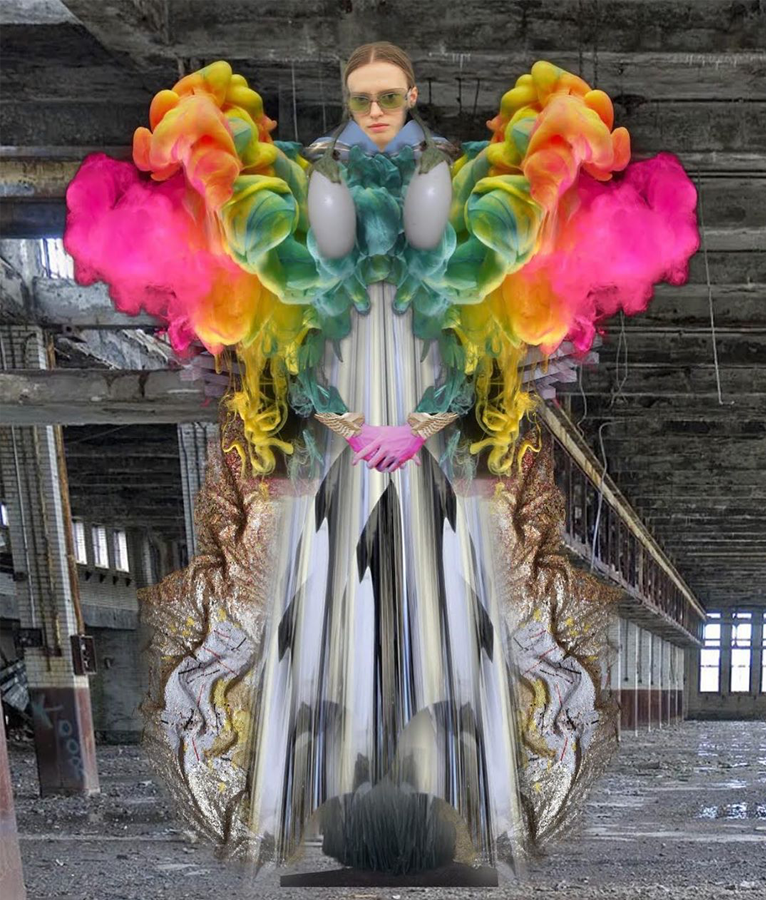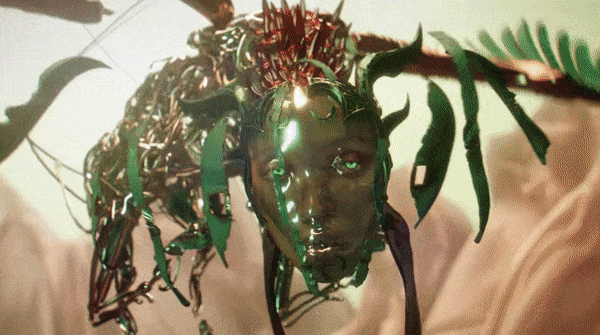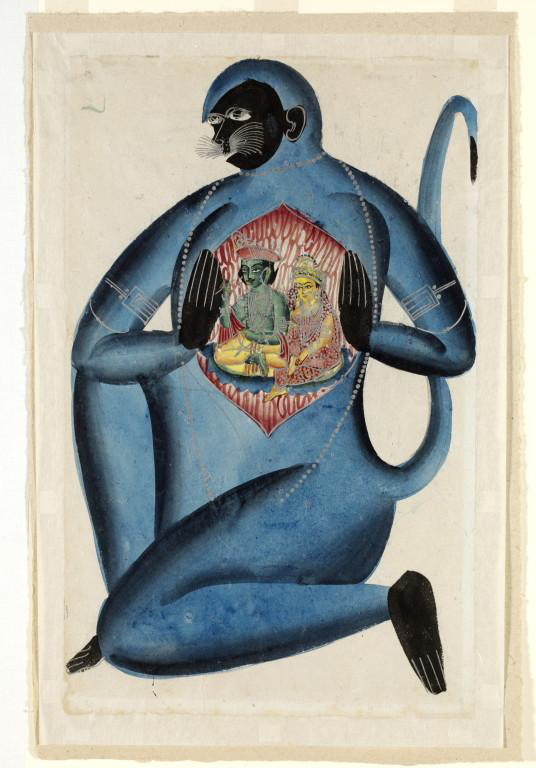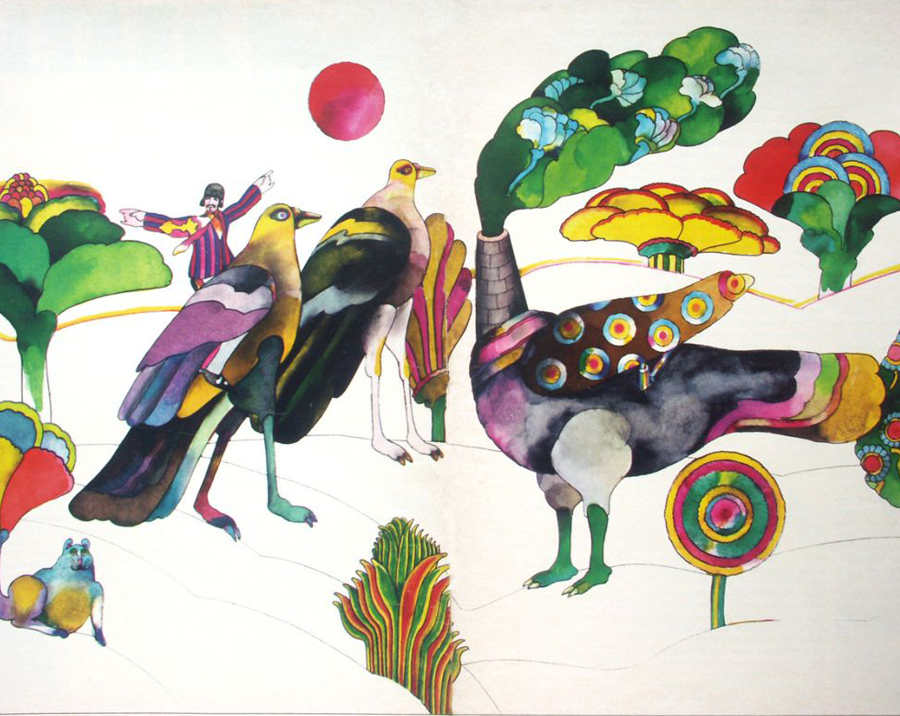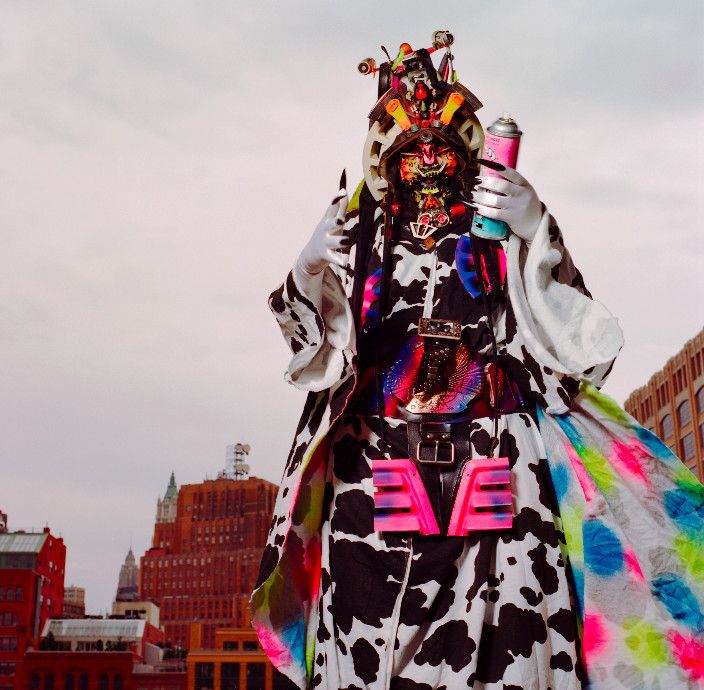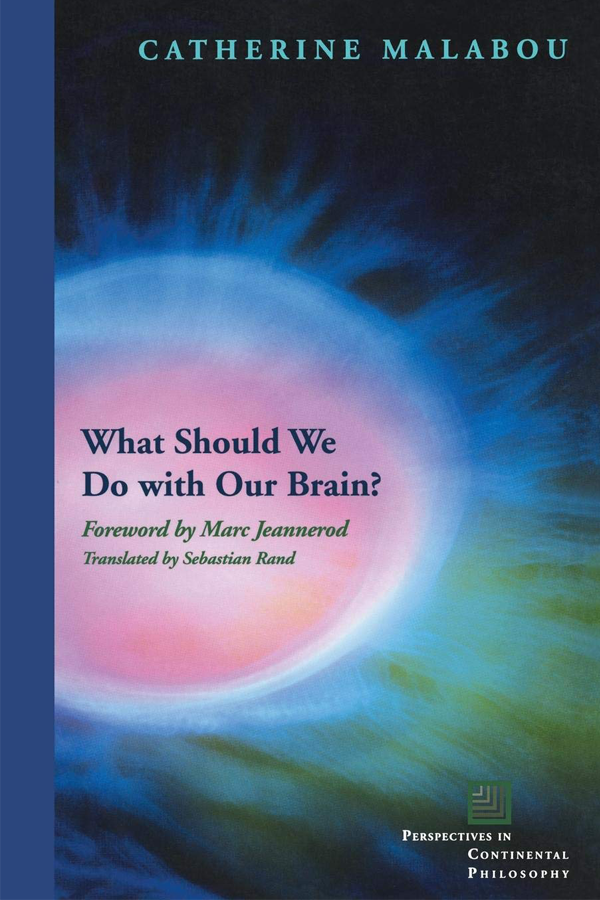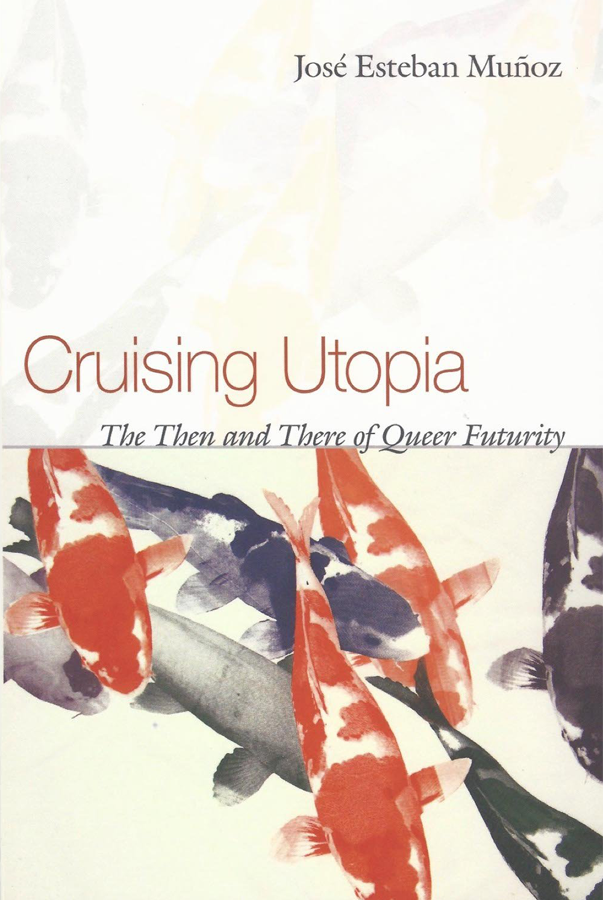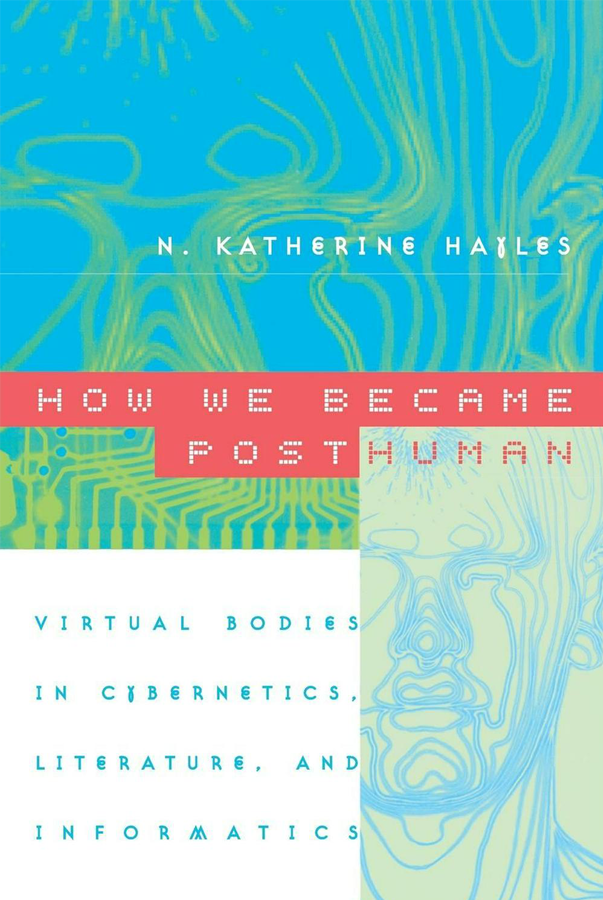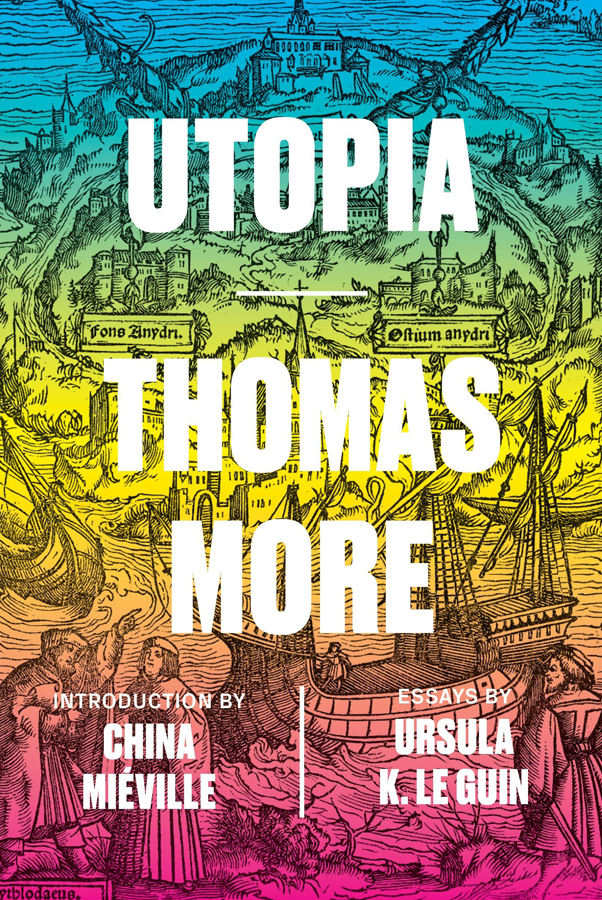CYBERDELIC UTOPIA
Psychedelic imagery is increasingly being used by designers as a way to explore new forms of reality that are shaped, warped, shattered and expanded by technology such as AR (augmented reality) and MR (mixed reality). The psychedelic experiences of the 60s resonate with a generation thoroughly absorbed into a disorientating network of sensors, filters, simulations, avatars and virtual connections.
We are seeing many new designers trying to blur the lines between real, imagined and artificial. “The idea that reality is a hoax completely freaks me out” explains CSM Graduate Nicole Zisman, who incorporates widescreen monitors into her garments.
The screen as a portal into a different reality is also a theme for Sensen Lii and Nick Knight’s video work for Maison Margiela. Both use the over-saturated acidic colours of damaged LCD monitors to evoke mind-melting alien futures. A similarly kaleidoscopic colour palette is used by Berenike Corcuera who finds inspiration in “universal energy fields”, auras, chakras and “cosmic lifeforce” to create garments that are the physical manifestation of invisible forces such as energy, soul and psyche.
We also see themes of hallucination and spirituality being explored by a host of young designers (Duran Lantink, Loki Dolor and Johanna Invrea), who use a combination of 3D modelling and computer-generated imagery to create clothing, make-up and accessories that exist somewhere between the real world and the virtual. Online gallery @expo156 suggests these designers are imagining a utopian alien future as an “antidote to the current grim political climate”. These utopian alternate realities are full of imagery relating to altered states of consciousness such as the techno-Buddhism of Bysanz’s Brave New World collection, the infinitely unfurling digital lotus flowers of Own Hub and the digital hippie ‘flower power’ animation created by OMA for Prada’s 3D Florals.
It is no coincidence that this exploration of the psychedelic comes at a time of greater mainstream acceptance of psychoactive drugs in medical and psychiatric practices for the treatment of anxiety, PTSD, depression, addiction and other mental health conditions.
At the same time, Silicon Valley programmers and creatives have popularised the practice of micro-dosing LSD to improve concentration and productivity in the workplace. The scientific community are taking these claims seriously, with clinical trials currently being carried out to develop a better understanding of the benefits.
The use of LSD in the 60s revolved around “ego dissolution” – the feeling that the boundary separating you and the world has been removed, giving the sensation of being connected with everything. This new psychedelic movement is not based on drug use, but the increasingly reality-bending presence of technology in our evermore connected lives. ‘Acid-guru’ Timothy Leary (who wrote the book on psychedelic experience in the 60s) declared: "the PC is the LSD of the 1990s". Best-selling author Douglas Rushkoff brings that statement up to date with his claim that in the 21st Century: “The Internet Is Acid”. It’s striking to see these sentiments explored in artist Pipilotti Rist’s interactive AR experience for Apple [AR]T Walk. Using handheld devices, participants are able to see looping, swirling, multicoloured ‘gel text’ written in mid-air around site-specific areas of New York, Hong Kong, London and Tokyo. Apple expects these “consensual hallucinations” to completely redefine public space as a site for immersive storytelling, creating new ways to reach audiences and offer them transformative experiences.
“Like baroque sunbursts in which rays of light from another world suddenly break into this one, we are reminded that Utopia exists and that other systems, other spaces are possible.” – Mark Fisher
‘Consciousness raising’ is a term borrowed from the 60s that means both the changing of consciousness through political education and raising up of consciousness to an enlightened level. The euphoria and enlightenment of this concept is perfectly illustrated by the imagery for Bjork’s Cornucopia tour which shows the singer lifted up and radiating plant life as though caught in a moment of oneness with nature. A similar sense of euphoria runs through the music video for Cellophane by FKA Twigs and work of her collaborator Charlotte Edey, whose tapestries depict floating objects, cosmic rays and deal with subjects like “universal connection”. The idea that a better future is possible if it can be imagined is key to understanding these utopian visions. Jeremy Gilbert, professor of Cultural and Political Theory at Goldsmiths University and editor of the journal New Formations sees this acid-tinged optimism as a realisation that “the current political nightmare will only be defeated by vibrant dreams”. He argues that underpinning all this hallucinatory imagery is a desire to imagine a better future.
“Reality is a collaboration where the future is less a place we arrived at than a thing we created together” explains Douglas Rushkoff. Companies now find themselves marketing to a generation who expect to design their own realities and build their own futures. Matt Giordano who is well known online for creating AR filters has announced that his next step will be opening DSKR))), a digital AR agency focusing on fashion. It’s a conscious attempt to position the brand as co-creator of the future along with its young consumers. If those who own the future are those who can imagine it, then Cyberdelic Utopia is ultimately an attempt to expand the limits of the imagination as a way to build a better world. Now is a crucial time for brands to make sure they are part of that world-building.
| By Rumi Joseph - Editor Geraldine Wharry


![Pipilotti Rist, Apple AR [AR]T Walk, August 2019](https://images.squarespace-cdn.com/content/v1/5660206ee4b020f4bf39be3c/1568208170715-GVETJQD9JD9IWLIHOG3L/HOLLER.png)
